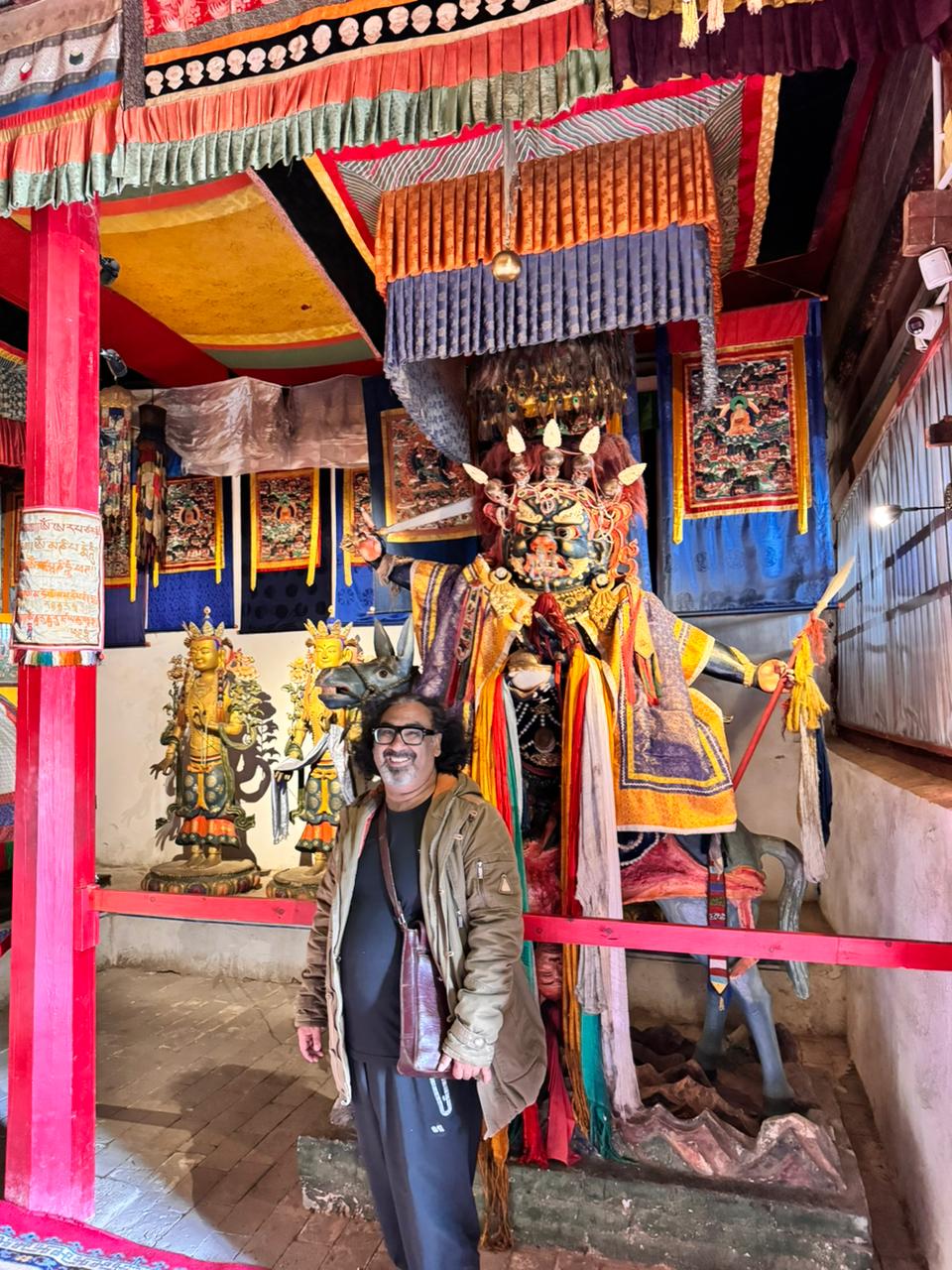The Erdene Zuu Monastery is one of the oldest and earliest surviving monasteries in Mongolia. It is situated 2 km to the northeast of Kharkhorin City and is adjacent to the ancient city of Kharkhorin. The monastery was founded by Abtai Khan in 1586. It went through periods of neglect and prosperity until the Stalinist Purges in 1937 put it completely out of business.
Zuu
This monastery provided society with a spiritual outlet and preserved ancient religious art and murals along with idols of Buddhist gods and goddesses. At its peak, it had more than 60 to 100 temples, and over one thousand monks prayed and meditated there. All but three temples were destroyed during the Stalinist Purges, and many of the monks were sent to concentration camps in Siberia, where they died due to ill health or were killed. Artifacts like masks, tsam, and thangkas were saved by soldiers and stored in the houses of locals.
The monastery is enclosed by a walled compound. Spaced evenly along each wall at a distance of 15 meters are 108 stupas. The number 108 is very auspicious for Buddhists and is also the number of beads in a Buddhist prayer mala.
The three temples that were not destroyed during the Stalinist Purge of 1937 are named Zuu of Buddha, Zuun Zuu, and Baruun Zuu. These temples are dedicated to the three life stages of Buddhists: childhood, adolescence, and adulthood.
Baruun Zuu
Inside the courtyard of Baruun Zuu, towards the west, stands a temple built by Abtai Khan and his son. It is dedicated to the adult Buddha. On either side of Sakyamuni are the statues of Sankhya. There is a huge golden wheel at the center, and there are wheel dough cakes called Balin decorated with colored medallions of goat or mutton fat.
Zuu of Buddha
The main central temple is called Zuu of Buddha. The entrance is flanked by the god Ghongoor. The temple also has statues of Noam and Dabba, the sun and moon gods.
Zuun Zuu
The temple to the east is Zuun Zuu, which has a statue depicting the adolescent Buddha. The statue on the right is that of Tsongkhapa, the man who started the Yellow Hat sect of Buddhism. The figure on the left is of Janrising, the Bodhisattva of Compassion.
Along with these temple sites, there are many other interesting things to see in this compound. This includes the gravestones of Abtai Khan and his grandson Tushes Khan. All in all, it will take you an entire day to cover this large and ancient monastery.































